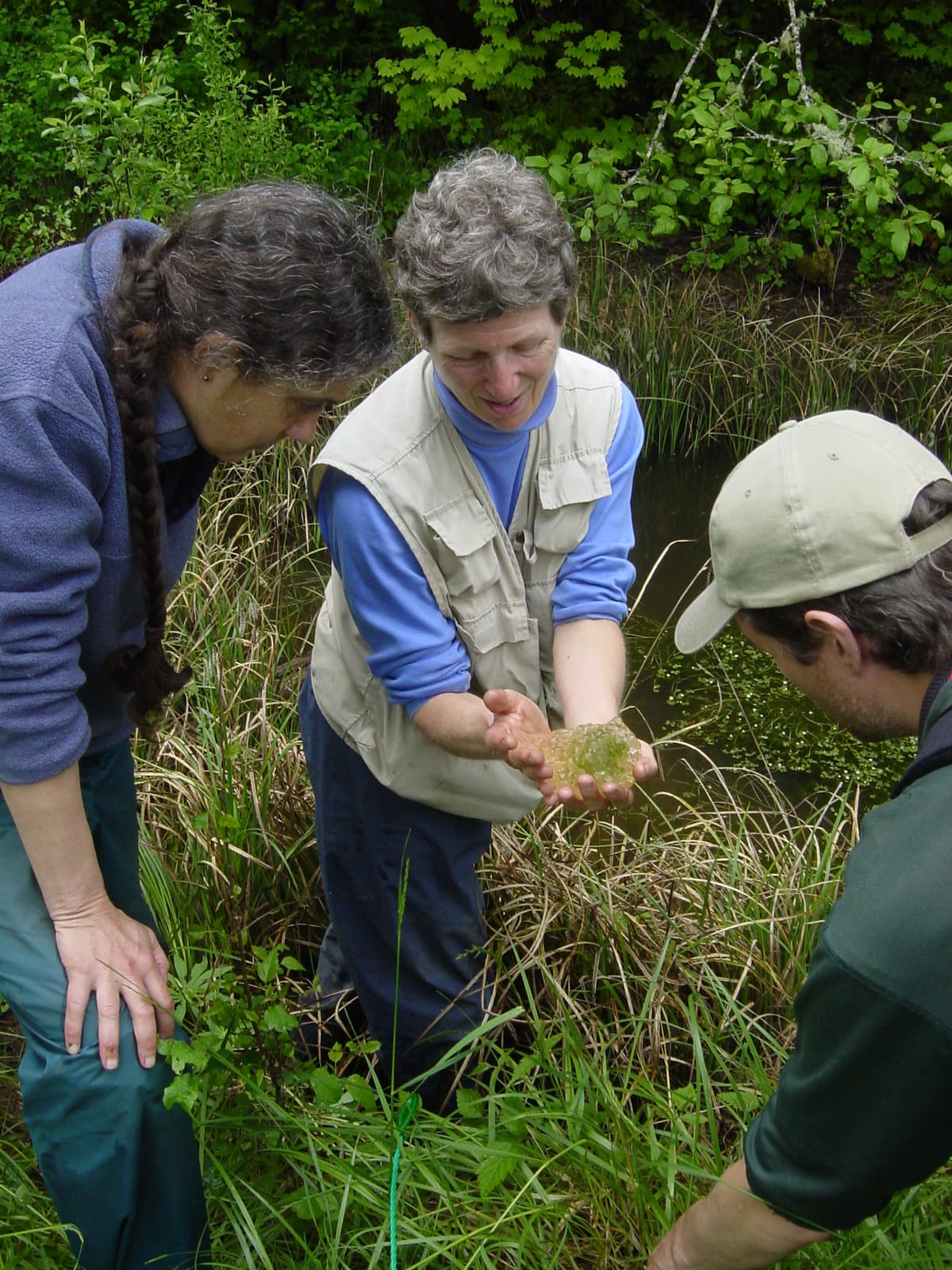Forest Products

What do the forests produce?
We were seated in a circle of folding chairs as the summer’s setting sun dropped below the tree line. Looking down, I was surprised by the amount of dust caking my worn boots. Dust lingering from a long day in the nearby forest loading logs from recently thinned trees onto mill bound trucks. All of us at the meeting welcomed the chance to crawl out from under our COVID rocks for an in person meeting. We chatted and compared notes before the meeting began. Looking back to my dusty boots, I reflected on a mental snapshot of the butt ends of the logs on the last truck rolling out the forest’s gate. Reviewing the image, two words came to mind – forest products.
As talk turned to the meeting’s agenda, I took in and was uplifted by the character-filled faces around the circle – ecologists, wildlife biologists, meteorologist, ornithologist, forest and bird nuts – some older some younger – all bound together by our shared commitments. In addition to reviewing and celebrating our twenty years of working together to monitor, analyze and understand the birds in our forests, we met to chart a course for the next twenty years of work.
An hour later, my eyes and mind drifted from the now empty plates of the potluck meal and the meeting’s lively discussion and debate to settle on the pages of bird data resting in my lap. Columns and rows ranged from 2000 to 2021 and included annual tallies for nearly 100 species of birds that call our forests home, or at least pass through. A question came to mind, “When taking stock of ‘forest products’ that our forests yield, why shouldn’t the new knowledge gained from hundreds of hours of first light bird counts be considered as valuable as the 2x6s sawn from our logs?”. “But why stop there?”, I thought, reminded of the valuable role other forest-gathered data had played earlier in the week. When a neighbor recently announced plans to helicopter spray herbicides on their clearcut along our shared boundary, analysis of data collected since 1997 in a stand we successfully regenerated without a need for chemicals appeared to play a role in their decision to cancel plans to aerially spray. The “forest product” of this homegrown research boosted us along the track toward healing the land through changed understandings and practices.
Driving home from the meeting, fortified by a lovely dessert of fresh berries (more forest products!), I mused and mulled the relative importance and value of all of the “forest products” that our forests provide. “What’s the relative value of the wood grown in comparison to the cold, clear water flowing from the forest’s springs toward the warm, polluted Tualatin River?”. “How about the increasing amount of atmospheric carbon that the forests catch and hold with each passing year... or the safe havens they provide for at risk Coho, flycatchers and tree voles...?”. Shutting down the truck, setting the brake and heading to bed, I pulled the plug on my wondering and questioning with a final thought. It was a thought stimulated by recalling the animated faces in the meeting’s circle. “What if the most valuable “forest product” growing in and emerging from the forests is not the lumber and flooring, or the pages of data and analysis, or the good water or caught carbon? What if the greatest value is the way each of us continues to be changed – and improved and enriched – by the hard and rewarding work of trying to better understand and live in harmony with these forests?”. Could the best forest product be what meets our gaze when we look in the mirror? Could the changes in our heads and hearts tally up to greater value than all of the logs that roll away to the sawmills?
Note: This brief snapshot and reflection on value does not address the important relationships between what is valued and what is priced. Due to market failures, many forest owners are forced to maximize those things society chooses to pay them for, primarily wood, and don’t have the flexibility to invest in other values at the levels they might want to. The Hyla Woods team acknowledges the unearned privilege we have that allows us to invest in a wide range of valuable outputs, including many that bring little or no financial benefit to us – yet!